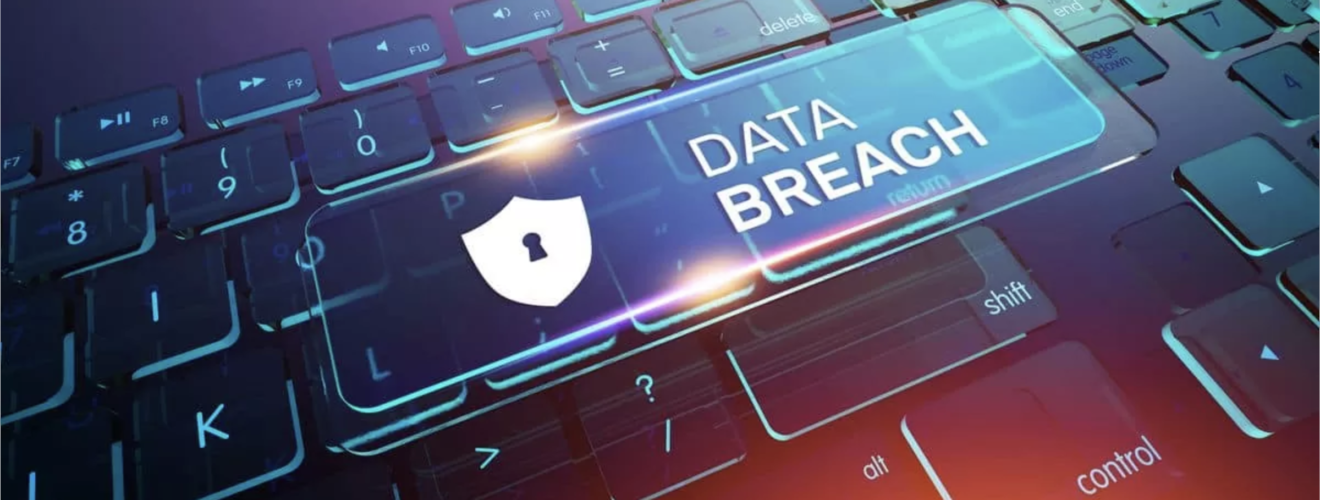Another Breach?

Have you received yet another breach letter or email? Are you concerned about the loss of your personal information and the possibility of someone impersonating you online – or opening a credit card or other account using your stolen information? There IS something you can do.
Credit monitoring services let you know when credit and identity related activity are occurring – usually after the fact. But a credit freeze stops new credit from being opened or existing credit from being changed. The thing to keep in mind when you freeze your credit is that any future credit activity you need to do will necessitate you unfreezing your credit to perform that activity. By law, credit freezes are now FREE.
There are three separate credit bureaus and each one must be contacted to implement a credit freeze. Each individual will have to apply – there are no “family” plans for credit freezes.
Here are links to freeze or lift the freeze on your credit report for free for each of the three major credit reporting agencies:
You can submit your request online, by phone, or by mail. You will need to supply your date of birth and social secrurity number to complete the process.
What about Credit Locks?
Credit locks are “similar” to freezes but each agency may change you a fee for this service or include it in one of their credit monitoring subscriptions. My opinion: If you are using the complete freeze process, you do not need credit monitoring. The ONLY way someone can unfreeze your credit is through the credit bureau site. So PROTECT the credentials you use to log in to do your freeze/unfreeze. (Use a password vault!)
Other Actions You Should Consider
In addition to freezing credit, there are other steps you should consider:
- Use alerts (text, email) available to you from your banks, credit cards, or other financial institutions. Alerts might include online purchases, transfers, checks exceeding values, and the like. I try to set mine as text messages and I generally set the alert at the lowest value. It is easy to be subject to text/email fatigue (I silence the Chase bank texts) but it is also just as easy to glance at the texts and quickly recognize what is not recognized.
- Consider a financial tool such as Intuit’s Mint (website & app) that allows you to keep up with all your transactions in one view.
- Save documentations (screen shots, email, print to PDF, etc.) for all or, at least, important transactions to retain confirmation numbers, dates, etc.
- Make use of a personal password manager/vault to remember your account user names and passwords. Don’t let the browser of your PC or device save these for you – use a vault.

A comment I read about setting up automatic bank withdrawals is DON’T. Instead set up a sub account and put in it the amount of expected monthly withdrawals (to pay for certain bills). That way if this account is hacked the loss would be limited and your major bank account is protected.